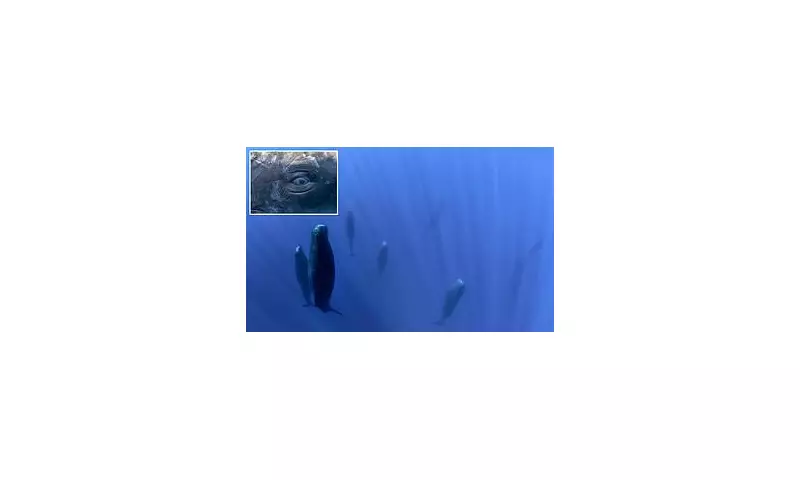
In a discovery that rewrites our understanding of animal intelligence, scientists have successfully decoded the complex language of sperm whales, revealing a communication system that strikingly mirrors human speech.
The Secret Language of the Deep
Researchers from Project CETI have cracked the code behind the mysterious clicking patterns used by sperm whales to communicate in Earth's oceans. Using advanced artificial intelligence to study these marine mammals, the team discovered that whales 'talk' to each other using patterned click sequences known as codas.
The breakthrough came when scientists identified two distinct vowel-like sounds within these codas – an 'ah'-like a-coda and an 'ee'-like i-coda. Crucially, these sounds weren't random. The whales were observed actively controlling the pitch, length, and type of sounds they produced, effectively 'pronouncing' different words during social interactions.
Underwater Social Networks
The research team found that whales employ this sophisticated whale communication system primarily during social interactions within family groups. They use codas to maintain connections, coordinate activities such as diving for food, and identify each other – functioning much like an underwater social language.
Between 2014 and 2018, scientists attached small suction-cup microphones called DTAGs to 15 sperm whales swimming in the Caribbean. This allowed them to record nearly 4,000 clear codas from a group of females and their offspring without distortion.
Gašper Beguš, Project CETI's linguistics lead, told Popular Science: "What used to be conceived of as this alien-looking Morse-code-like system just became much more human-like. We have a case of underwater vowels – in a very different world from ours, the communication system appears very similar to our speech."
Mirroring Human Speech Mechanisms
Perhaps most astonishing is how closely whale speech production parallels human vocalisation. The study revealed that sperm whales use their lips and air sacs as a sound source and filter, functioning similarly to how humans use vocal cords and the vocal tract.
This marks the first time researchers have documented a non-human species using both vowel-like sounds and grammar-like rules in communication. The study, published on the preprint server bioRxiv and awaiting peer review, also revealed that timing is crucial in whale communication.
Initially, the clicks sounded too slow to compare with human speech, but when researchers sped up the recordings, familiar patterns emerged. The number of clicks, pauses between them, and overall speed created different rhythm types that functioned almost like musical beats.
The team discovered that 'ah' codas are naturally longer than 'ee' codas within the same rhythm, and 'ee' codas split into short and long versions, suggesting whales use length to convey different meanings.
By meticulously measuring every pause and pitch change, the scientists demonstrated that whales deliberately control timing and sound quality rather than producing sounds accidentally, confirming the existence of genuine communication rules.
This research represents just the latest evidence of sophisticated intelligence among whale species. In June, SETI Institute researchers observed humpback whales creating large 'smoke ring-like' bubbles as greetings to nearby humans, while earlier this year, scientists identified the unique voice box that enables whales to sing underwater without depleting their air supply.
The findings from Project CETI open remarkable new possibilities for understanding animal intelligence and the evolution of communication, suggesting the oceans contain cognitive complexities we're only beginning to comprehend.





